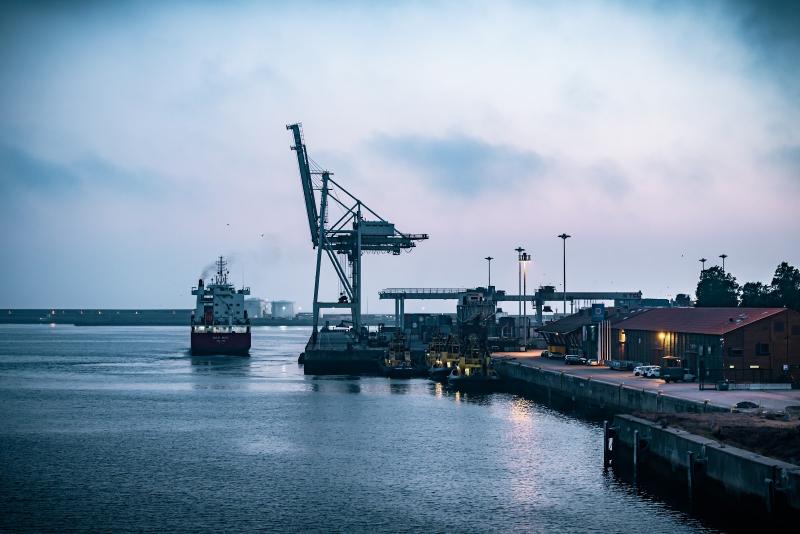The maritime industry has historically been slow to adopt new technologies and rely more on traditional methods of operation. However, over the past decade, global trade and shipping has increased exponentially leading to more complex operations and increased costs. This has pushed operators to look for innovative solutions that help improve efficiency, lower costs and meet regulatory compliance. Maritime analytics is emerging as a powerful tool that can transform operations across the shipping value chain.
What is Maritime Analytics?
Understanding Maritime Data
Maritime analytics refers to the process of collecting, analyzing and interpreting large volumes of data generated from ships, ports, cargo and other elements of maritime logistics operations. With digitization and use of IoT devices on vessels and ports, petabytes of data is being generated on a daily basis providing valuable insights into operations. However, much of this data often goes underutilized due to the lack of tools and capabilities to analyze this complex maritime data.
Maritime Analytics platforms use advanced techniques like machine learning, predictive modeling and prescriptive analytics to extract meaningful patterns and insights from this raw maritime data. This helps operators better understand historical trends, predict potential issues, optimize routes and processes. For example, engine performance data analyzed over time can predict maintenance requirements. Voyage data analyzed across multiple vessels can identify most fuel efficient practices. Such insights empower improved decision making across the value chain.
Applications Across the Value Chain
Optimizing Fleet Operations
Maritime analytics allows shipping companies to optimize performance of their entire fleet. Vessel tracking and performance monitoring provides insights to improve safety, reduce idle time and fuel consumption. Condition-based monitoring of engines and equipment predicts maintenance needs, avoiding unexpected breakdowns. Route optimization leverage weather patterns and port conditions for minimum time and fuel voyages. Such improvements directly impact the bottom line through reduced operating costs.
Improving Port Efficiency
For ports and terminals, analytics shed light on berth, cargo and resource utilization patterns. It identifies bottlenecks and capacity constraints. Predictive scheduling of arrivals and tasks improves throughput while maintaining safety. Automated tracking and real-time updates enhance cargo management and customs compliance. Port communities can collaborate better through shared maritime data platforms for mutual growth.
Optimizing Supply Chain Management
Understanding maritime logistics through analytics creates an integrated view of end-to-end supply chains. Shipping lines assess demand patterns and dynamically route vessels for maximizing cargo loads. By connecting with suppliers, producers and buyers, optimal inventory levels are determined. Disruption risks are mitigated through analytics-driven contingency planning. Overall logistics costs are optimized, and customer satisfaction improved through reliable ETAs.
Ensuring Regulatory Compliance
With stricter environmental regulations, maritime analytics plays a key role in compliance. By monitoring fuel usage and emissions patterns, models can simulate "what-if" scenarios to identify most efficient practices staying within norms. Navigation and safety risks are ascertained through analysis of incident logs. Such insights enable data-backed governance and reporting to regulatory bodies. Over time, it drives adoption of best practices across the industry.
Challenges in Adoption
Data Integration and Privacy
One of the biggest challenges is effective integration of maritime data which comes from disparate systems lacking standards. Proper data aggregation, cleaning and management is essential for insightful analytics. Addressing data privacy concerns of commercial operations is equally important for industry-wide collaboration on shared platforms. Standardization efforts can help streamline adoption.
Skills and Scalability
Lack of skilled data scientists familiar with maritime domain is another hurdle. Training programs and partnerships can help build these capabilities over time. Scalability of analytical models to efficiently process vast amounts of streamed maritime data on an ongoing basis is another technological challenge that needs continual improvements.
Get More Insights on Maritime Analytics
